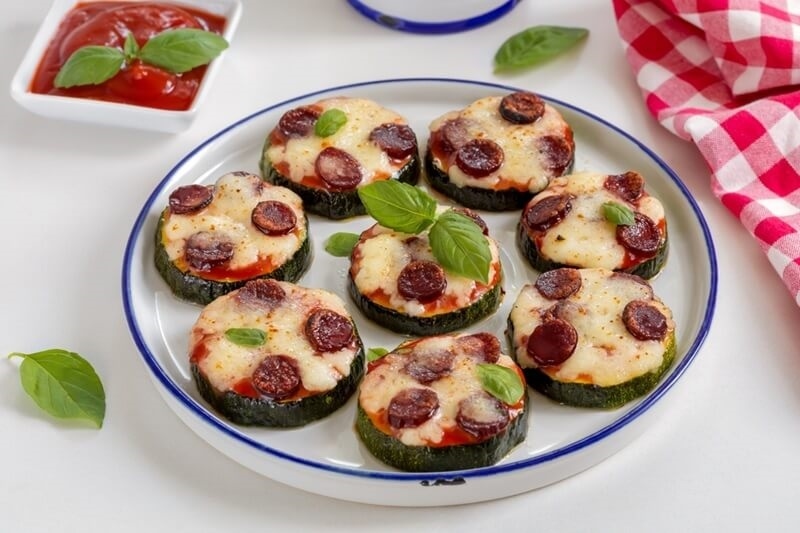
Cooking meals for children is among the most rewarding and joyful things to do as a family. It educates children with invaluable life skills, stimulates creativity, and helps in fostering a positive relationship with food. Yet for many parents, it feels like a battle to get kids to eat wholesome meals — and especially vegetables — on their plates. In the midst of busy lives, picky palates, and the temptation of packaged foods, it's easy to get bogged down.
The good news? Cooking for kids doesn't need to be stressful. With a few ingenious tips, easy kid-friendly meals, and fun cooking activities for introducing vegetables to kids, you can make mealtime a delightful experience that your little chefs look forward to daily.
When children help with cooking, they learn more than how to stuff a hungry belly — they learn confidence, independence, and curiosity. Children who help prepare their meals will be more inclined to try new foods, especially fruits and vegetables. They also acquire fine motor skills, basic mathematics through measurement, and even teamwork through division of labor.
Cooking for children also assists in developing long-term healthy habits. Rather than viewing food as something that is presented to them, they begin to view it as something that they can prepare, try new things with, and eat. Such ownership tends to result in healthier eating and fewer battles at mealtimes.
 Meals
Meals
The secret to cooking for kids is to keep it uncomplicated. Easy kid friendly meals use foods familiar to them, short preparation times, and soothing seasonings that please little taste buds. Start with dishes that marry nutrition with acknowledgment — home-made versions of favorites like pizza, tacos, and pasta. Some suggestions are as follows.
Use whole-wheat pita as the crust. Top with tomato sauce, sprinkle with cheese, and allow children to top their pizzas with chopped peppers, mushrooms, or spinach. This is a method of allowing children to choose toppings but subtly exposing them to vegetables.
Fill tortillas with beans, cheese, and some vegetables like spinach or corn. Grill them crispy and cut into triangles. The melted cheese and softness make them popular in basic, kid-friendly meals.
Add cooked carrots or cauliflower to the cheese sauce. Kids love the silky texture, and parents like the extra nutrition. This is an ideal way to get kids to consume vegetables without overwhelming their taste buds.
Scramble eggs with diced tomatoes, spinach, and a sprinkle of cheese. Serve with toast or teeny pancakes for a sunny and satisfying meal.
Presentation is key when serving food to children. Use colorful plates, cut-out shapes, and little servings. Children will be more likely to try something if it looks good.
We all know that introducing vegetables to kids is tricky. Most children are fussy with taste, texture, or even color. The secret is patience and creativity.
Remember: it will take a few times before a child tries something new. Keep offering with no pressure. Eventually, curiosity will overpower fear.
Cooking needs to be a thrilling adventure and not a chore. Fun cooking tasks make the kitchen a functioning laboratory where kids can test, blend, and measure.
Here are some thrilling ideas that make cooking for kids thrilling:
These fun cooking classes help children build a positive association with food. They learn by playing, and mealtime is something they anticipate rather than fear.
If your child is a selective eater, you’re not alone. Nearly every parent deals with picky eating at some point. The trick is to create meals that are both appealing and nutritious — without turning dinner into a negotiation.
Here are a few tried-and-tested picky eater recipes.
Combine banana, yogurt, spinach, and frozen berries. Cover a bowl with this blend and top with granola. The fruit's sweetness masks the greens, making it a hit with resistant eaters.
Combine mashed sweet potatoes, cheese, breadcrumbs, and shredded zucchini. Shape into nuggets and bake. They're comforting, crunchy, and nutrient-packed.
Shape into little beef or chicken patties with ground-up carrots and spinach added. Put cheese on mini buns. Bite-sized is "grown-up" for children.
Sneak carrots, zucchini, or pumpkin puree into muffins. They are moist, a little sweet, and great for breakfast or as a snack.
With fussy eater recipes, it is not the intention to disguise veggies forever, but to produce a slow development of acceptance. As soon as children realize that healthy food is delicious, they will start to explore on their own.
Healthy snacks for kids keep the energy level steady throughout the day and prevent overindulgence at mealtime. Instead of reaching for convenience foods, prepare simple ones at home that provide a combination of taste and nutrition.
It doesn't need to be difficult to prepare healthy snacks for children. The goal is to have them remain wholesome, well-balanced, and accessible to grab. A little pre-planning makes a big impact on creating good habits.
Kid cooking is about more than recipes — it's establishing a healthy food culture. Give the following tips a shot to make mealtime simpler and more enjoyable:
A relaxed, encouraging environment helps kids connect with food in a healthful, stress-free manner.
Here's an example of how to apply all these principles in the course of one day:
By incorporating fun cooking activities throughout the day, you’re not only keeping children nourished but also teaching them essential life skills.
It does not require exotic ingredients or exact recipes when cooking for kids. Patience, creativity, and a sense of humor will do. With simple kid-friendly meals, cooking activities, and creative methods for introducing vegetables to children, you can transform picky eaters into adventurous, confident eaters.
With healthy children's snacks in the bag, you'll have happy tummies and more relaxed meal times — a win-win. So aprons on, sleeves rolled up, and mini chefs enlisted to the kitchen. Each spoonful spilled and belly-laugh-filled stir is bringing your family one step closer to a lifetime of joyful eating.
This content was created by AI